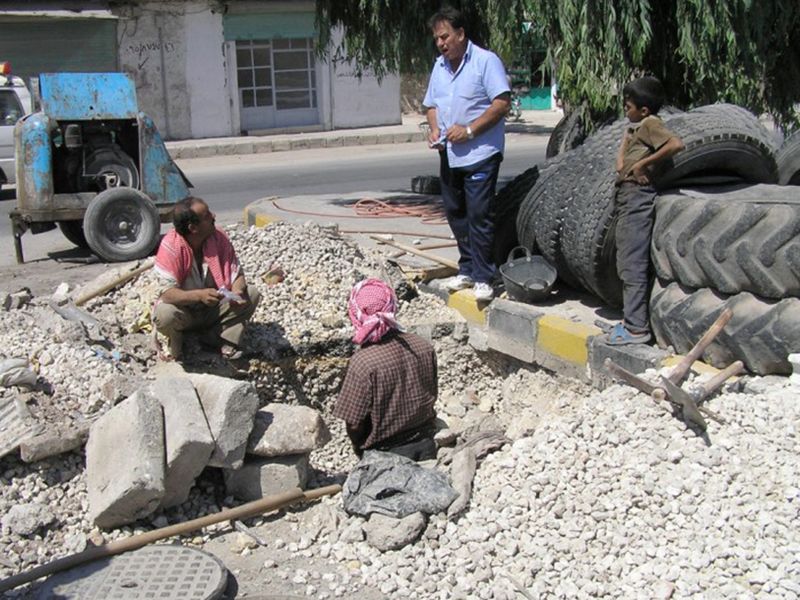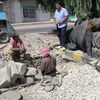Balqa and Madaba:Water Loss Reduction of the Middle Governorates - Balqa and Madaba
Disciplines
-
Masterplanning
-
Water Supply
Companies
Dorsch International Consultants
Client
Water Authority of Jordan (WAJ)
Duration
From 2011 to 2022Project Activities
The Programme will be implemented in 2 Stages and five phases, the design stage (Phase 1 - 3) and the implementation stage (Phase 4, 5), as follows:
- Phase 1: Identification of Measures and Preliminary Design / Sensitization of the Population;
- Phase 2: Preparation of the Final Design and Tender Documents;
- Phase 3: Assistance to the PEA in Tendering and Contracting;
- Phase 4: Site Supervision of Works; and
- Phase 5: Assistance to the PEA during Liability Period.
Identifying priority areas for the Water Loss Reduction measures is done through the following approach:
- Understanding of the parameters that influence the different components of NRW (physical and apparent losses).
- A diagnostic approach to define the priority areas by identification and ranking of indicators.
- GIS analysis and evaluation
- Overlaying of the individual GIS datasets to narrow down priority zones.
- Developing a priority index system ranking from high priority to no priority.
- Review of findings on site and discussion with the management in each Governorate and Directorate.
The project works involve the following:
- Water primary distribution pipeline DN150 to DN300 – 10.8 km
- Tertiary distribution pipeline from PE63 to PE125 – 153.0 km
- House connections – 6,100 no.
- Upgrading reservoir pump station (3 pumps total 220 m3/h of 25 to 30 m head)
- Rehabilitation of Safout reservoir
Contact
Dorsch International Consultants GmbH
München (Headquarters)
80687 München
Germany
Phone: +49 89 5797-0
Fax: +49 89 5797-800
E-Mail: info@dorsch.de
Description
The Balqa and Madaba Water Administrations service areas, lack baseline data and information, making the tertiary networks in middle governorates feeble, and with a high percentage (up to 50%) of Non-Revenue Water (NRW)..Water resources are also inadequately protected and, in some locations, prone to pollution.
Therefore, the project aims to ensure an equitable, cost-efficient and safe supply of drinking water as well as affordable sanitation improving wastewater collection and reuse for the entire population. Additionally, the project follows a new performance-based approach for NRW reduction measures in selected areas (e.g. hot spots with a high leakage concentration) which substantially increases water-use efficiency and ultimately saves energy and decreases greenhouse gas emissions which can be a cost-effective climate change adaptation measure.
The major indicators for the achievement of the overall objectives as follows:
- Physical losses and apparent losses are reduced by 20% (where 100% is the current value of the losses) in the areas where the measures have been taken, after the implementation; and
- 2 years after initial sample tests (500 no.) water quality in 60% of the contaminated roof tanks is safe (E-Coli/100ml: <100).

